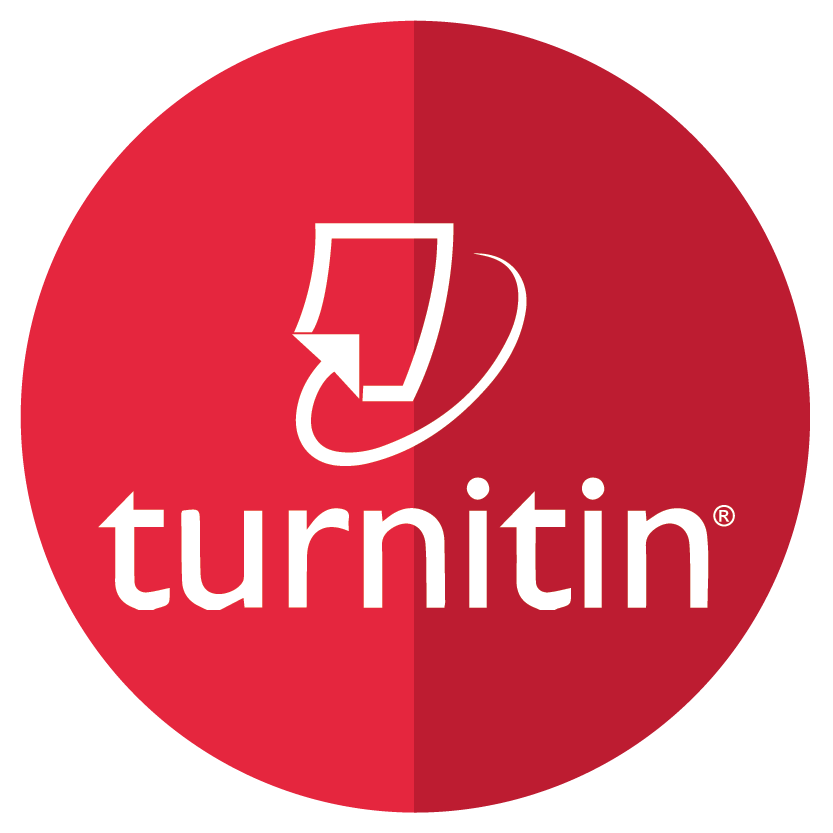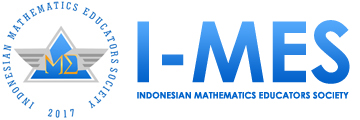EFFECTIVENESS OF STAD LEARNING MODEL WITH PULMAN MEDIA ON STUDENTS' UNDERSTANDING OF MATHEMATICAL CONCEPTS
Abstract
The background of this study is the low ability to understand mathematical concepts of fourth grade students of SDN 1 Damarjati which is evidenced by the provision of questions about understanding mathematical concepts. This study aims to determine the effectiveness of students' ability to understand mathematical concepts through the application of the STAD learning model assisted by PULMAN media. This study uses a quantitative experimental method with a pre-experimental design. The type of research used is one group pretest-posttest design. The population of the study was 36 fourth grade students of SDN 1 Damarjati. Sampling using saturated sampling techniques. Data collection techniques include interviews, observations, tests, and documentation, while data analysis is carried out using normality tests and N-Gain tests. The results of the N-Gain test analysis showed an increase with an average value of 0.59 with a moderate category. Meanwhile, the results of the N-Gain percent obtained an average of 59.9071 which was interpreted in the fairly effective category. Based on these results, it can be concluded that the application of the STAD learning model assisted by PULMAN media is effective in improving students' understanding of mathematical concepts.
Full Text:
PDFReferences
Candrasari, D., Aini, A. R., Suryani, D., & Zuliana, E. (2023). Ethnomathematical Exploration in the Kudus Kretek Dance. Journal of Science and Learning Mathematics, 1(1), 5–13. https://doi.org/10.51806/jspm.v1i1.25
Faradhila, S. A., Aryanti, M. P., & Zuliana, E. (2024). Mathematics learning measurement materials with monopoly media using a realistic mathematics approach in elementary schools. Scientific Journal of the Teaching Profession (JIPG), 5(1), 15–23. https://doi.org/10.30738/jipg.vol5.no1.a16909
Khabibatur Rohmah, D. P., Vika Ivania, & Eka Zuliana. (2024). Fractional Learning through the PMRI Approach Assisted by Bamboo Media. Cartesian: Journal of Mathematics Education, 3(02), 35–43. https://doi.org/10.33752/cartesian.v3i02.5707
Lailatul Priatini, L. V. P. (2024). The Effectiveness of the STAD Learning Model Assisted by KASEP Flashcard Media (Concept Comprehension Card) on the Understanding of Thematic Concepts of Elementary School Students. Journal of Basicedu, 8(5), 3(2), 524–532. https://journal.uii.ac.id/ajie/article/view/971
Muhammad Arif Priatna, Ajeng Hikmalia Dwi Putri, Lulu Nur Anisha, N. (2025). DIFFICULTIES IN LEARNING INDONESIAN IN ELEMENTARY SCHOOL: AN ANALYSIS OF THE CAUSES AND STRATEGIES TO OVERCOME THEM. 5(3), 1–23.
Nurhayanti, H., Hendar, H., & Wulandari, W. (2021). To improve students' understanding in mathematics subjects on the introduction of the concept of the least common multiple (kpk) by using the media of number dakon. Journal of Tahsinia, 2(2), 180–189. https://doi.org/10.57171/jt.v2i2.304
Oktavianus, R., Hilyana, F. S., & Ardianti, S. D. (2025). The application of the cooperative model of the stad assisted by snake media sounded to improve the learning outcomes of grade iv students at sd sidomuktI 01 Ronald. 10.
Rahmawati, R. B., Ardianti, S. D., & Rondli, W. S. (2023). The Mind Maping-type cooperative learning model is assisted by manipulative media to improve students' understanding of concepts. Journal of Educatio FKIP UNMA, 9(2), 560–566. https://doi.org/10.31949/educatio.v9i2.4713
Sari, C. A., Marshelyna, M., & Zuliana, E. (2025). The application of PMRI is assisted by the media of multiplication and division of number 3 in elementary schools. Pharmacy: Journal of the Mathematics Education Study Program, 11(1), 41–49.
Sinaga, R. S., Wirevenska, I., & Budidaya, S. (2023). The Effect of the Stad Type Cooperative Learning Model (Student Teams Achievement Division) on the Ability to Understand Mathematics Concepts of Grade VIII Students of Junior High School One Atap Negeri 5 Pangururan. Serunai Journal of Mathematics, 15(1), 1.
Suprihandayani, N. (2022). Improving student learning outcomes of matrix material through a cooperative learning model of STAD (student teams achievement divisions) type class XI MIPA 4 SMAN 1 banguntapa. Edugy: Journal of Education IGI DIY, 6(2), 61–66.
Volunteer, M. I., Indratno, T. K., & Ayu, S. M. (2024). N-gain vs stacking. Yogyakarta: Suryacahya.
Suwondo, A. (2023). Is Student Teams Achievement Division (STAD) type cooperative learning still able to improve the learning outcomes of high school students? Journal of Education Action Research, 7(1), 45–50.
Usmadi, U. (2020). Testing of the Requirements of Analysis (Homogeneity Test and Normality Test). Educational Innovation, 7(1), 50–62. https://doi.org/10.31869/ip.v7i1.2281
Wulandari. (2023). The Importance of Learning Media in the Teaching and Learning Process. Journal on Education, 5(2), 3928–3936. https://doi.org/10.31004/joe.v5i2.1074
DOI: https://doi.org/10.37058/jarme.v7i2.16150
Refbacks
- There are currently no refbacks.

This work is licensed under a Creative Commons Attribution-ShareAlike 4.0 International License.
Journal of Authentic Research on Mathematics Education (JARME)
Program Studi Pendidikan Matematika, Universitas Siliwangi
Jl. Siliwangi no. 24 Kota Tasikmalaya - 46115
email: jarme@unsil.ac.id
e-ISSN: 2655-7762
Licensed under a Creative Commons Attribution 4.0 International License
StatCounter:
Detail
Indexed by :


.jpg)
.jpg)



